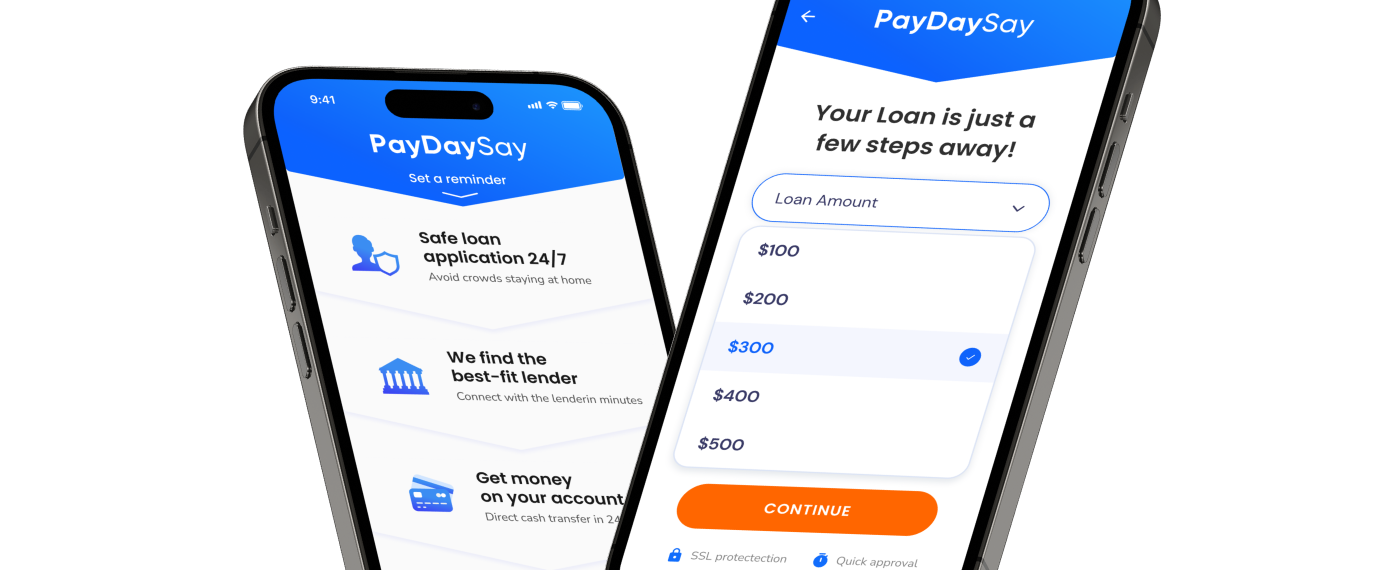When you start looking into loans, you will encounter a lot of new terms. The most common confusion is caused by APR vs interest rate. They are quite alike, but there is a difference that you need to know. The amount you will pay over the course of a year to borrow the principal amount is the interest rate. Any additional expenses that you will be obligated to pay are included in the APR.
The total amount you will have to repay when you obtain a loan is indicated by both the interest rate and the annual percentage rate (APR), but they are not the same. It is essential to know the distinction between interest rate vs annual percentage rate (APR) before requesting a borrowing. The whole amount you are required to repay must be disclosed to you. We will compare the two in this article to guide you!
What APR Considered
The term annual interest is basically the annual percentage rate (APR). This charge occurs when funds are paid out to borrowers. The annual percentage rate (APR) reflects the total annual cost of financing. Over the course of a loan or the income received from an investment, these expenses add up. This covers any fees or extra expenses connected with the deal.
However, compounding is not considered. Consumers can compare lenders and credit cards using the APR as a reference value. Before any contract is signed, banks are required to disclose the APR. APR is not to be mistaken for APY (annual percentage yield), which includes interest compounding.
How to Calculate APR Of Loan
APR is the annual cost of obtaining a loan. Compared to interest rates, it can provide you with a more accurate representation of expenses. The following factors must be considered when determining APR:
- Interest fees overall: The expense of borrowed funds is indicated by this fee. When you are presented with an offer, lenders must disclose the interest percentage.
- Charges: Depending on the lender and type of debt, fees can differ.
- Amount: The principal of the loan must be specified.
- Loan term: You have the option of using years or days.
You can also use the following formula:
APR = ((Interest + Fees / Principal or Loan amount) / N or Number of days in loan term)) x 365 x 100
For example, you have the following situation: Your interest percentage is 10%, repayment term is 2 years, 8% origination fee, and the amount is $3000. The Annual Percentage Rate (APR), in this case, would be 17.82%. You can also use plenty of online calculators!
What Interest Rate Considered
The percentage you are charged for getting funds from a creditor is the interest rate. This refers to a particular timespan. There is a chance that your interest percentage will be fixed, which means it won’t change for the whole term of your loan. The interest on your loan can also change.
That implies that it could vary in response to the changing market conditions. Percentages are used to show the interest rate. Your obligation to repay the loan’s principal is stated in the agreement. This also includes accumulated interest.
Usually, interest is paid off within your monthly repayments because interest costs are applied to the entire debt. This is better than making a single, large payment. It makes interest repayment easier to handle.
How to Calculate Interest Rate Of The Loan
With information from your personal file, the creditor determines the percentage of the rate. The amount is calculated via a specific formula for each lender. Different mortgage lenders may offer you distinct lending rates.
There are several strategies to obtain a reduced percentage with your financial institution. Generally, whatever action you take to minimize the risk for the creditor will result in a reduction in your rates. Increasing your credit score is the first option you have.
When your credit score is poor, lenders consider you risky. You might have a pattern of making late payments. In this situation, be sure to settle all outstanding balances as soon as possible.
Selecting a loan that is secured by the government will help reduce your lending percentage. You should be aware that some rates are fixed. However, many lenders also offer variable ones.
APR vs Interest Rate
An interest rate is a percentage that describes the expense of lending to a customer. The annual percentage rate (APR) represents the total cost of a loan to the borrower plus additional charges. Both are shown as percentages. The cost of borrowing is reflected in both interest and APR, but APR provides more precise information about your expense. Due to the fact that APR accounts for both the interest and any associated costs, it is larger than interest rates.
APR and interest rate might be equal on specific occasions. For example, when there are no other fees. The total amount is determined by the principal you borrow and the rate. Expenses like an origination fee are something you should also take into account. This will affect the final amount of repayment. Here are some things worth considering in comparison:
| APR | Interest Rates |
| You see the full cost of the loan | You only see the cost with interest |
| Includes all fees | It does not show other potential expenses |
| Low APR might get you a low overall cost of your borrowing. | Low percentage will help you get low payments each month, but the overall cost is not necessarily small. |
Is It Better to Have a Lower Interest Rate or Lower APR?
When you have a lot of debts, you will always be looking for the best way to repay them. You might want to consider getting financial aid. Once you get into the lending process, knowing if you should look for low APR or low interest rates can come in handy. Using a real money loan app can also help you compare different offers quickly and efficiently.
The annual percentage rate (APR) should be higher than the rate. But they can also be equal. The APR is usually greater than the rate because it takes additional loan expenses into account.
Your loan’s overall cost will be impacted by a low APR. Low rates will have an impact on your monthly payments but not the full extent of the expense. You should consider APRs when evaluating offers because they provide a more precise idea of the borrowing costs.
Conclusion
Overall, having debts is a tricky situation and you want to be informed. As APR consists of the interest rate as well as other expenses, it provides you with a more accurate loan expense. On the other hand, the interest rate has an impact on the monthly payment. Even though the two are used interchangeably, they are not the same. When looking into the cost of your borrowing, APR is the way to go. Before you make a decision, make sure to explore and compare first!













 on your homescreen
on your homescreen